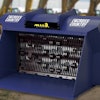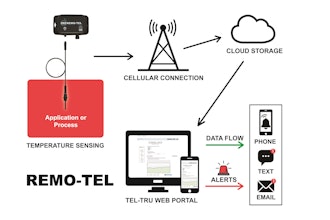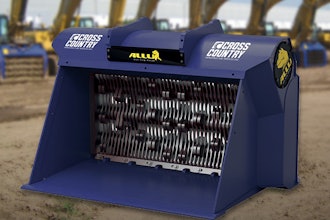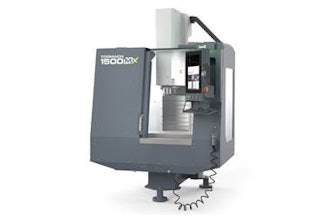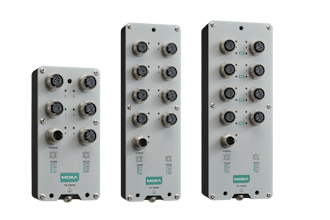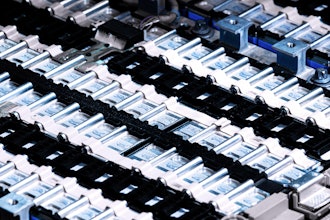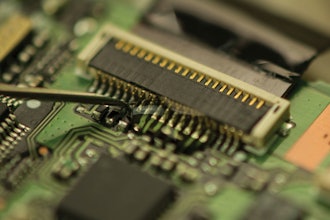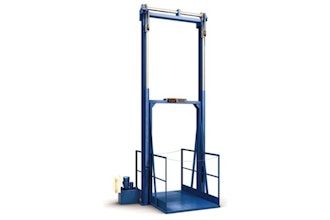
Today’s consumers are accustomed to buying physical products that contain their own embedded software ecosystems. This has been true since 2007, when the birth of the iPhone brought cyber-physical product design into the hands of virtually every American citizen.
Cyber-physical products can range from smart home thermostats to expansive smart manufacturing systems. While such products are undoubtedly popular, they are not without certain innate challenges. Indeed, there are a number of significant obstacles that manufacturers must overcome as part of their cyber-physical development process.
Having access to manufacturing product roadmap software like Gocious, which considers cyber-physical challenges, can help overcome them. Still, it’s wise to have a clear sense of the biggest challenges within the cyber-physical development space.
Cyber-Physical Product Development at a Glance
First and foremost, it’s important to affirm that cyber-physical product development works slightly differently from other types of product development.
Due to the intersection of physical components with housed software environments, cyber-physical development is an intensely collaborative space. From the design phase through testing and deployment, physical and software teams have to work in close harmony together. Maintaining continuous alignment of product goals is itself fraught with challenges.
What are the Main Challenges of Cyber-Physical Development?
That brings us to our primary consideration: What are some of the most common and significant roadblocks that cyber-physical developers face?
1) Connectivity
It’s insufficient for a cyber-physical product to just look good. It also needs to have connective capabilities. Each cyber-physical product must be designed to support the included software at launch, as well as any software updates or refreshes that are released down the road.
During the development stage, cyber-physical manufacturers have to think toward the future, considering how a feature that serves one function today might be used for different functions down the road.
2) Requirements for smart design
Go back to the iPhone, which is an excellent example of how designing a cyber-physical product can unlock a whole new universe of utility, above and beyond what its analog predecessors were capable of.
Naturally, this requires smart design. Cyber-physical products must be able to collect or receive data and adjust or adapt in response to that data. For instance, when designing a smart home thermostat, it’s critical to ensure mechanisms for automatic temperature adjustments in response to user input or external sensor data.
3) Adaptability requirements
Customers expect cyber-physical products to evolve. Naturally, you expect the iPhone to gain new functionality as time passes, and your model can download software updates as needed.
This means that, for the product development phase, manufacturers must take stock of user feedback, specifically regarding wishes or intentions for future applications. Similarly, manufacturers must be attentive to trends within their industry, ready to evolve their product in response to shifting consumer behavior or preference.
4) Product roadmap management
For any product development, keeping all team members aligned with common goals and working from a single source of truth is essential — this becomes more challenging when the product becomes more complex. As such, cyber-physical product development can sometimes result in missed milestones, isolated teams and other unwanted outcomes.
The best way to mitigate these risks and ensure all teams remain harmonious in their vision is to invest in the best product roadmap management software.
5) Idea prioritization
It’s usually not too hard coming up with new ideas for a product. The challenge comes in managing the flow of ideas, properly prioritizing them throughout the development phase.
It’s invaluable for manufacturers to have a system to collect feedback, document ideas, and maintain a clear hierarchy of priority. Again, product roadmap management tools can be essential here.
Cyber-physical products offer immense utility to the end user, but the development process can be challenging when manufacturers lack the right tools and software solutions. To overcome some of the most common cyber-physical development hurdles, make sure you’re working with best-in-class product roadmap management technology.

